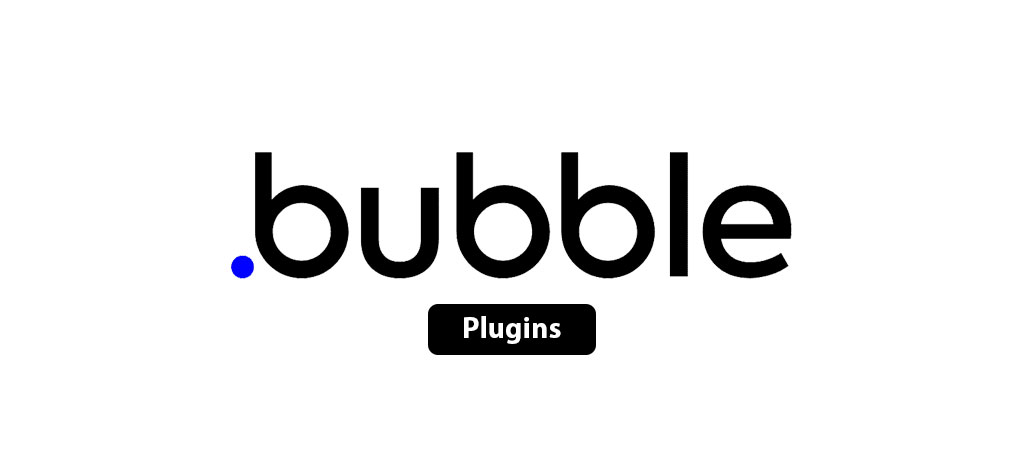
Developing a mobile or web application can be an exciting journey, but it can also be overwhelming if you're not sure where to start. Working with a Bubble app developer can help you turn your ideas into a fully functional app that can be launched to the world. In this step-by-step guide, we will walk you through the process of working with a Bubble app developer from the initial idea to the final launch of your app.
1. Define Your App Idea
Before you start working with a Bubble app developer, you need to have a clear idea of what you want your app to do and who your target audience is. Here are some steps to help you define your app idea:
Identify the Problem
- Think about the problem or pain point your app will solve for users.
- Consider what makes your app unique compared to existing solutions.
Research the Market
- Conduct market research to understand the demand for your app.
- Identify your competitors and analyze their strengths and weaknesses.
2. Wireframe Your App
Creating a wireframe is an essential step in the app development process. It is a visual representation of your app's layout that shows the basic structure and flow of the app. Here's how you can wireframe your app:
Sketch Your Ideas
- Start by sketching out the main screens and features of your app on paper.
- Create a rough draft of how users will navigate through your app.
Use Wireframing Tools
- Explore wireframing tools like Balsamiq, Sketch, or Figma to create digital wireframes of your app.
- Collaborate with your Bubble app developer to refine the wireframes and make necessary adjustments.
3. Find a Skilled Bubble App Developer
Once you have a clear app idea and wireframes ready, it's time to find a skilled Bubble app developer who can turn your vision into a reality. Here are some tips for finding the right developer:
Check Portfolios and Reviews
- Review the portfolios of Bubble developers to see examples of their previous work.
- Read client reviews and testimonials to gauge their reputation and reliability.
Assess Technical Skills
- Ensure that the developer has the necessary technical skills to build your app using Bubble.
- Discuss their experience with similar projects and their familiarity with app development best practices.
4. Collaborate on App Development
Collaboration is key to the success of your app development project. Working closely with your Bubble app developer will help ensure that your app meets your expectations and is delivered on time. Here's how you can collaborate effectively:
Set Clear Expectations
- Define project milestones, deadlines, and deliverables upfront.
- Communicate your vision and requirements clearly to the developer.
Provide Feedback and Input
- Review the progress of the app regularly and provide feedback on design and functionality.
- Be open to suggestions and ideas from the developer to improve the app.
5. Test and Launch Your App
Before launching your app to the public, it's crucial to test it thoroughly to ensure that it functions correctly and provides a seamless user experience. Here's how you can test and launch your app:
Quality Assurance Testing
- Perform quality assurance testing to identify and fix any bugs or issues in the app.
- Test the app on different devices and screen sizes to ensure compatibility.
Soft Launch and User Feedback
- Soft launch your app to a limited audience to gather feedback and suggestions for improvement.
- Incorporate user feedback and make any necessary tweaks before the official launch.
6. Monitor Performance and Iterate
Launching your app is just the beginning. To ensure its long-term success, you need to monitor its performance, gather user feedback, and iterate on the app to make continuous improvements. Here's how you can do that:
Analytics and User Data
- Use analytics tools to track user engagement, retention rates, and other key metrics.
- Analyze user data to understand user behavior and preferences to make informed decisions.
Continuous Improvement
- Regularly update your app with new features, enhancements, and bug fixes based on user feedback and performance data.
- Stay informed about industry trends and technologies to keep your app competitive in the market.